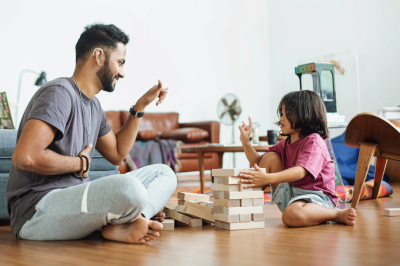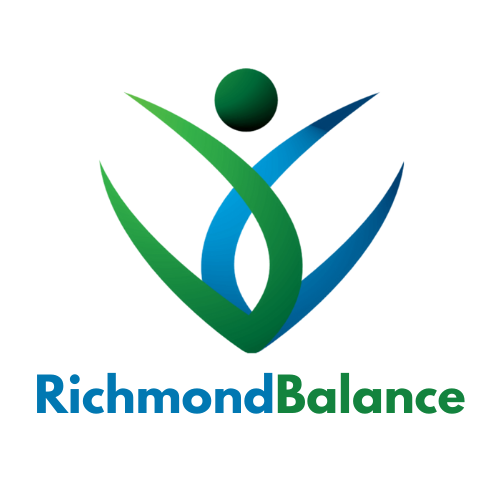British Sign Language and Makaton - what is the difference?

Many people have asked this question, so with being fluent in, and teaching British Sign Language, and having used Makaton at Notts College for extended work experience, here is a brief introduction with several links below for more exploration:
Both British Sign Language (BSL) and Makaton promote communication, connection and ultimately well-being with different target groups in mind. BSL is a language, and just like other languages; English, French, and Spanish, it is limitless. It has its’ own grammar and structure. When training to teach it, we learn the same tactics for teaching a second language. It was developed by and for deaf people, but many hearing people use it, for example within families, interpreters, and those for communication if they have no speech. Many others have learnt the language for interest and enjoyment. Makaton is a system of a limited number of signs that developed from British Sign Language (or, in each country, it borrows from the sign language of that country). Alongside this are pictures. These are used in English order, usually with speech, and the initial target group was for hearing children and adults with moderate to severe learning difficulties.
Is one easier to learn than the other? We are now comparing learning a system and a language. Makaton is a ‘system’ designed for learning difficulties and therefore likely easier to learn. BSL is a language. A good teacher for either should make you feel included and the sessions fun!
Can I use BSL with people with learning difficulties? Yes, you can, because Makaton borrows from BSL, you can adapt if you know someone who knows Makaton. I have also witnessed someone labelled as being deaf and having severe learning difficulties, who thrived with BSL after only having access to Makaton.
Does BSL have standard pictures like Makaton? No, but as experienced with deaf children in foster care who have no language, we can be creative and use real-life photos or pictures and sequencing to represent objects and time, to help them thrive and pick up language quickly.
Can BSL be used with hearing children? Yes, and I have seen this within schools for specific needs. Signs are used to create sign-supported English (SSE), or signed English (SE) (click on the links below to learn more). The vast range of signs in BSL help support this process because these children are not deemed to have learning difficulties and they are not limited. They may have different challenges, such as no speech, auditory processing disorder or sensory processing challenges and so on.
Will learning BSL have a detrimental effect on my child’s English? No, if they want to engage with the world using different forms of communication, they will flourish with multi-language learning, similar to other multi-lingual households. A case example I worked with is a care-experienced deaf child, who sadly had minimal language at age 3. BSL was quickly taught because sign language will be understood and expressed first. By age 6, they were one of the top tier in their mainstream school year for English (deaf and hearing students). Fluent BSL supported their English learning.
What about family sign language? Children learn to ‘mabble’ (the sign language form of babbling) long before they can babble verbally. Learning how to build on non-verbal communication can help connection and reduce frustration. The National Deaf Children's Society (NDCS) developed a Family Sign Language curriculum for families to develop their sign language skills in a form that is more suitable for the family environment.
Which should I learn BSL or Makaton? It is really up to you. This is a system versus a language, so you can decide which will give you flexibility in your learning. Makaton can be useful for some situations, such as specialist school settings for learning disabilities, and many people can access funding for this if it is related to their work. BSL is likely to be popular in future years as the Government is starting to make historic changes, firstly with the recognition of the language (2021) and the GCSE in BSL (due 2025).
About the Author: Verity is fluent in British Sign Language and English, and also a qualified Communicator-Guide for Deafblind People and is trained in the NDCS course for Family Sign Language. She is passionate about communication and the development of emotional and mental health and wellbeing for all people, and has worked across the NHS, Social Care, Further and Higher Education. She is based in North Yorkshire, largely covering the areas of Richmondshire and Catterick Garrison. As an Army child, Verity is passionate about the needs of Military Children with SEN.

